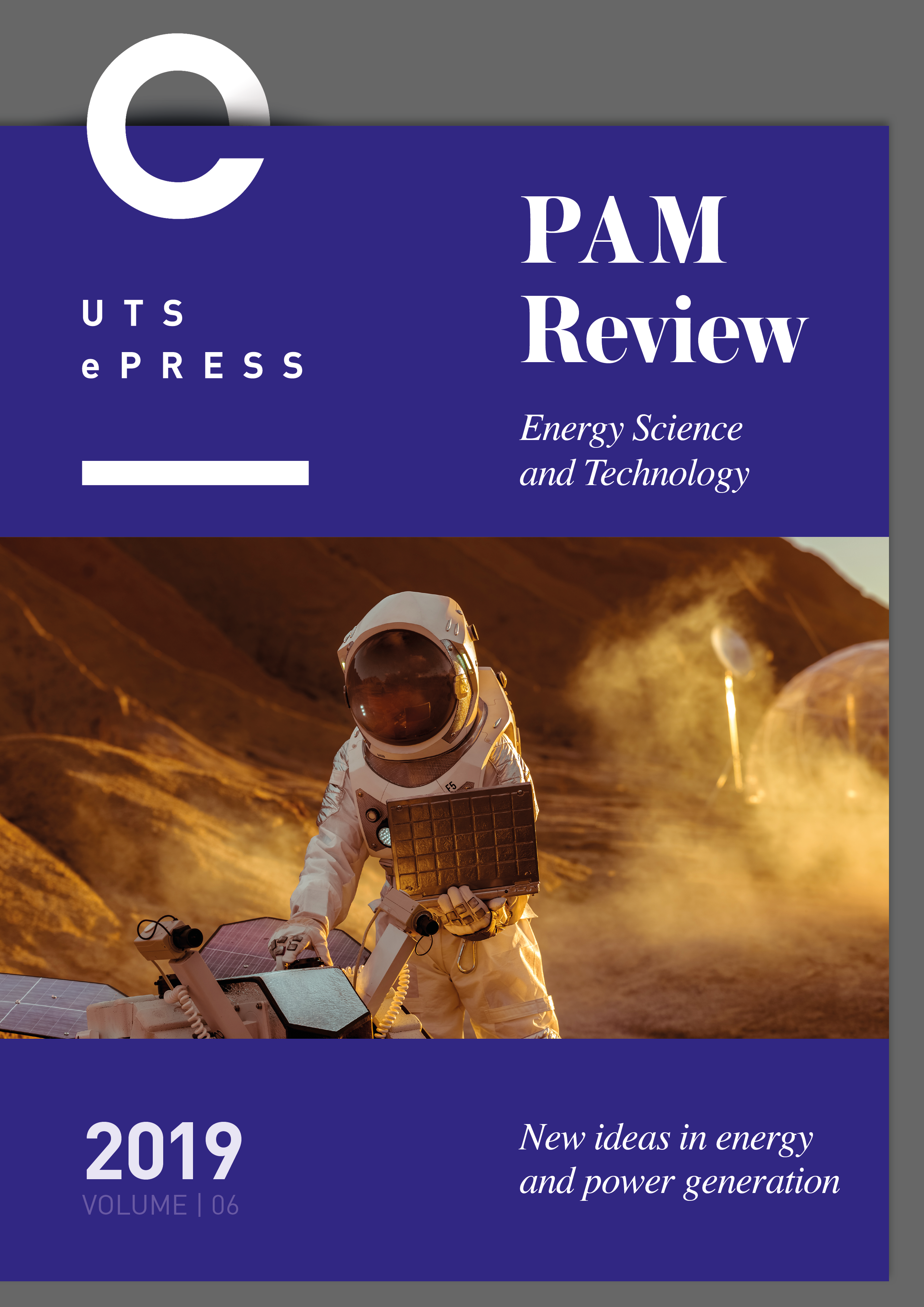A Meta Study of the Relationship Between Phase Change Material Parameters and Temperature Reduction in Fire Fighter Protective Clothing
Main Article Content
Abstract
Firefighters are exposed to high risk scenarios in which the prevention of extreme heat injuries is largely dependent on the effectiveness of their protective clothing. The following meta-study examines contemporary literature to determine the usefulness of phase change materials (PCM’s) in improving the effectiveness of the current firefighter protective clothing (FFPC) model in order to better protect firefighters. The time- temperature for multiple PCM’s in environments with low, medium and high heat fluxes (taken as 2.5-5 kW/m2 for 700 seconds, 10-15 kW/m2 for 300 seconds and 20-40 kW/m2for 30 seconds respectively) were compared in terms of the rate of temperature increase and final temperature. The study found that PCM I produced the best temperature reduction in a low flux, PCM K did so in a medium flux, and PCM B did so in a high flux. The study also found that overall the PCMs were most effective in a low flux, therefore further study should be directed towards creating PCMs that are more effective in high-flux environments.
Keywords: Phase Change Material; Fire Fighter Protective Clothing; Heat Flux
Article Details
Issue
Section
Authors who publish with this journal agree to the following terms:
a) Authors retain copyright and grant the journal right of first publication with the work simultaneously licensed under a Creative Commons Attribution License that allows others to share and adapt the work with an acknowledgement of the work's authorship and initial publication in this journal.
b) Authors are able to enter into separate, additional contractual arrangements for the non-exclusive distribution of the journal's published version of the work (e.g., post it to an institutional repository or publish it in a book), with an acknowledgement of its initial publication in this journal.
c) Authors are permitted and encouraged to post their work online (e.g., in institutional repositories or on their website) prior to and during the submission process, as it can lead to productive exchanges, as well as earlier and greater citation of published work (See The Open Access Citation Advantage Service). Where authors include such a work in an institutional repository or on their website (ie. a copy of a work which has been published in a UTS ePRESS journal, or a pre-print or post-print version of that work), we request that they include a statement that acknowledges the UTS ePRESS publication including the name of the journal, the volume number and a web-link to the journal item.
d) Authors should be aware that the Creative Commons Attribution (CC-BY) License permits readers to share (copy and redistribute the work in any medium or format) and adapt (remix, transform, and build upon the work) for any purpose, even commercially, provided they also give appropriate credit to the work, provide a link to the license, and indicate if changes were made. They may do these things in any reasonable manner, but not in any way that suggests you or your publisher endorses their use.
